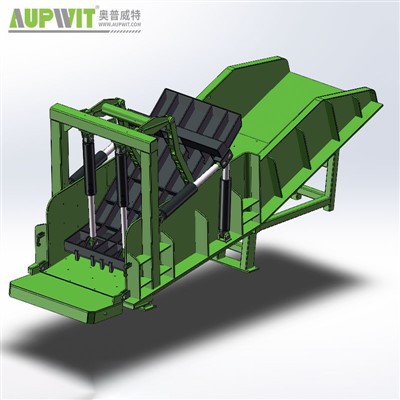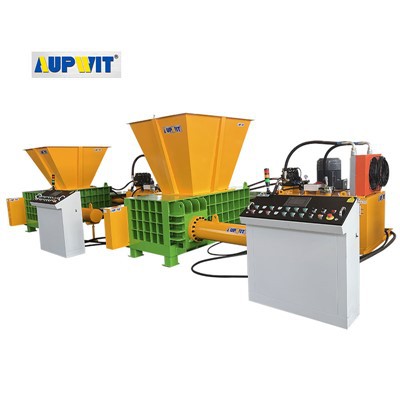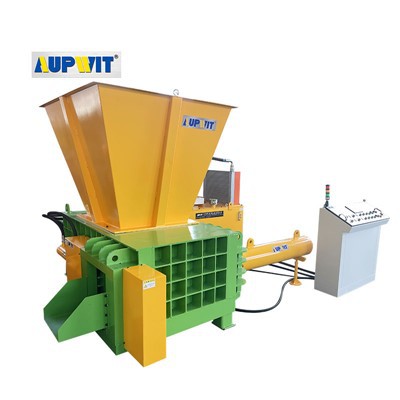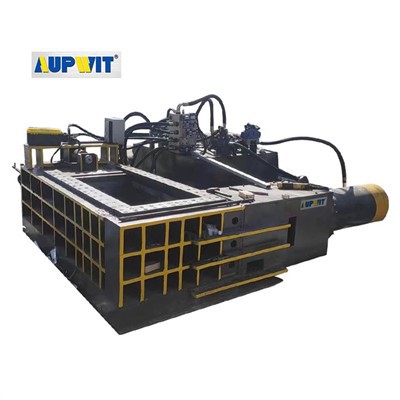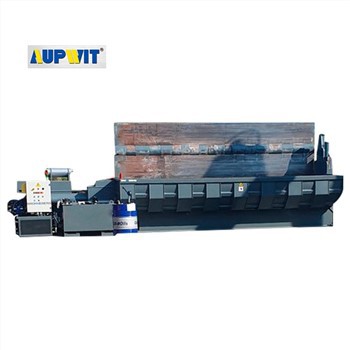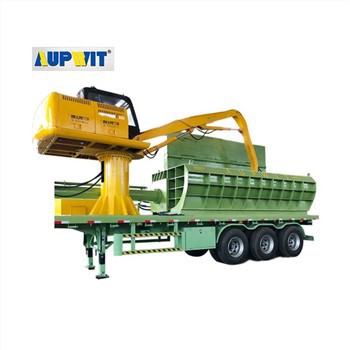Optimizing Compression Force for Vertical Truck Tire Balers
1. Assess Tire Requirements
Different truck tire sizes, tread thicknesses, and conditions (e.g., worn vs. new) require varying compression forces. Conduct initial tests with a range of force settings to identify the minimum force needed to produce bales that maintain shape during handling. This baseline helps balance efficiency and effectiveness.
2. Adjust Baler Settings
For hydraulic systems, modify pressure relief valves to fine-tune the force applied during the compression cycle. Ensure the hydraulic fluid is at the correct level and viscosity. For mechanical balers, adjust spring tension or gear ratios to achieve the desired compression intensity, verifying settings with calibrated pressure gauges.
Key Components to Inspect:
- Plunger and compression plate for proper alignment
- Guiding rails for wear or damage
- Hydraulic seals or bearings that may leak pressure
- Moving parts requiring lubrication
3. Implement Incremental Testing
After each adjustment, produce test bales and evaluate their density, stability, and uniformity. Measure bale dimensions and weight to calculate density, and check for signs of insufficient compression or over-compression. Record data from each test to track how force adjustments impact performance.
4. Establish Ongoing Monitoring
Install sensors to track real-time force output during operation, alerting operators to deviations from target settings. Regularly review bale quality and adjust settings as tire types or volumes change.


